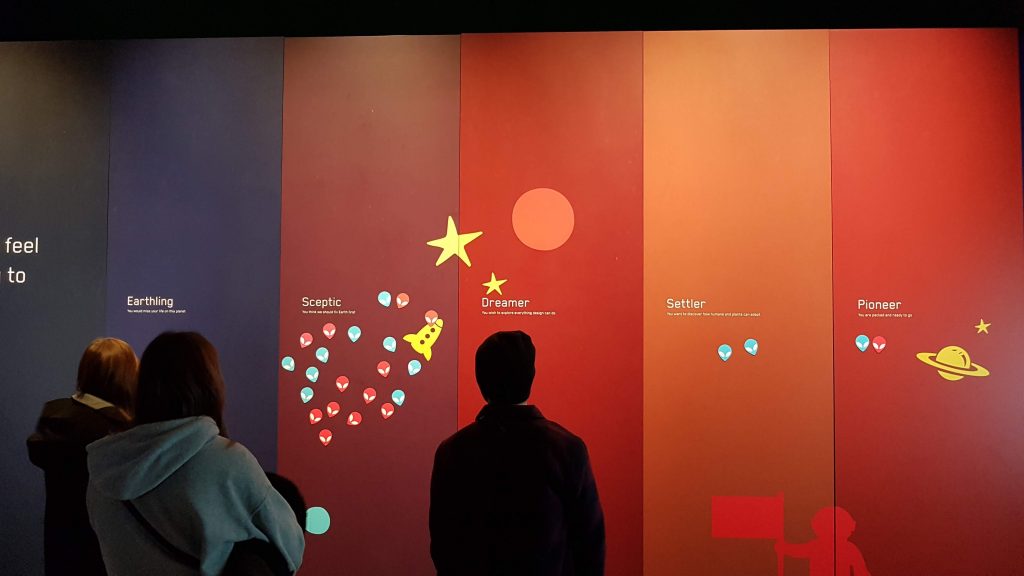
Featured Image: Audience interaction wall at “Moving to Mars”,
a Design Museum 2019 exhibition. Photo by SLRoss
25 Nov 2019
Updated 20/12/2019 – Curator was happy to be named so this entry was edited to reflect this.
Today I did a major interview with Shasti Lowton, Curator at the Design Museum. What an inspiration!
Initial thoughts after leaving the interview were as follows:
- Excellent, practical advice
- I can really relate to her. She understood the emotional, passionate aspect of what I want to do and includes that emotion in her process. That means a lot to me.
- How can I get Shasti to curate this exhibition so I can just paint and collaborate creatively? Lol!
- I need to revisit my exhibition objectives, reasoning, etc and be very sure about what I want to accomplish.
- No doesn’t mean No. It means “not right now” or “not with me”. Love that!
- She represents artists?! How can I get her to represent me as an artist… hmmm…
Obviously I haven’t done the transcript yet (only finished the interview a few hours ago) but there are a few things she said that I want to dive into while it’s fresh.
A personal Definition of Curation
She sees herself as a conduit, a storyteller making sure that stories are told in an engaging, truthful, inclusive way so they become the truest account of the event/people/theme that she is curating. I loved this because it made me think about what I want my position as the curator of this social change exhibition to be. I think I’m seeking to be a change agent. I want to expose the existing norms as lacking and ask visitors to consider their responsibility in establishing new societal norms, not wait for governments or corporations to lead the way. I want people to take their power back and be the change they want to see, and I’m bossy enough to use the art to demand a specific change – more inclusivity, equality and justice. Pie in the sky? Completely, but if we aim for the sky and I fall on the mountains then that’s higher than we were before, so it’s still a win. Stepping back down from that vision into the detail though – I need to refine my position and objectives with precision if I want to determine the right structure for this exhibition, among other things. Another thought is – is the objective of the exhibition different from the meaning this exhibition has for me? For that matter, what will curating this exhibition mean to me personally? S talks about the passion and determination it takes to make these self-initiated projects fly. I need to get very clear on these two things – objective & meaning – before I proceed. And this leads nicely into my next topic…
All Up In My Feelings
When she referred to self-initiated projects as Passion Projects, my ears perked up. If ever there was a passion project done out of some strange compulsion to have-to-bound-to-must do it, this is that project! Then when giving her top 3 pieces of advice, she talked about listening to your instincts. When she said she paid dearly every time she ignored her instincts, I could so relate! My instinct is that I can start this and let it run free and evolve as others step in to create their own versions of this. (Note to self: the concept of control has popped up again.) We briefly discussed roaming exhibitions and she talked about how ready she is to release her curatorial babies by the time an exhibition launches. (Side note: I did not know that most exhibitions take 2-3 years to research and plan, but it’s gratifying to know I had the right timeline in mind.) How attached am I to this exhibition idea and what is the attachment? What do I want to do about this level of attachment? One thing I know for sure is that this idea has haunted me for years and now I just need to get it done.
Can I hire a curator?
At the start of this project when I was just starting to think about questions, my tutor said I can’t use this self-initiated project to develop a new specialism i.e. curation. But as we progress into this project I have had to read up loads on curation and in talking about ways to make this happen with my first interviewee, it seemed that I would need to be the curator. But to step into this role, could I do it justice and even if I could, should I? Could I get this exhibition done in a totally different way? Could I pitch to a curator, get the funding, the venue and then hire a curator like S to help me make it happen? Don’t laugh, but I left that interview thinking how can I secure the funding to hire Shasti?
The Public Art/Gallery Space Trade-off
So there we are sitting in a gallery space of high-esteem in London and the journey to the meeting room was via pristine spacious hallways. It’s all very light, white or bright so the art takes the spotlight and this is it. This is the kind of space I imagined when I first thought about doing a social change exhibition. Maybe because I’d just seen Soul of A Nation at Tate Modern, I pictured the Tate a lot. Since then, my research has made me question the validity of hosting the type of exhibition I want in a space like this? Who would I reach in these high-brow halls? Stereotyping would have me believe it’s the middle classes and up, those who already own or know the value of art, a certain level of education. I need to do research to determine how true or not this is. But if I want societal change why not place the art with the people who make up the bulk of society? During his TedX talk, the street artist JR (JR, 2011) got me really thinking about that. Why not place the art in a public place and make it accessible to everyone? Who do galleries really reach? And who do I want to target? Is there more legitimacy for a social change exhibition if it starts in the streets and ends in the galleries? And is legitimacy (aka street cred) important for this project? Shasti hadn’t done many public showings but loved the idea of this. Her only caution was that I be very careful with due diligence – council permission, risk assessments, etc.
There were so many more nuggets of wisdom and gold in this interview but those are the ones that stand out immediately. I have much to think about in terms of how I position this exhibition and my role and expectations for it.
—
References
JR (2011). Use art to turn the world inside out | JR. TED2011. Available at: https://youtu.be/0PAy1zBtTbw [Accessed 5 Nov. 2019].
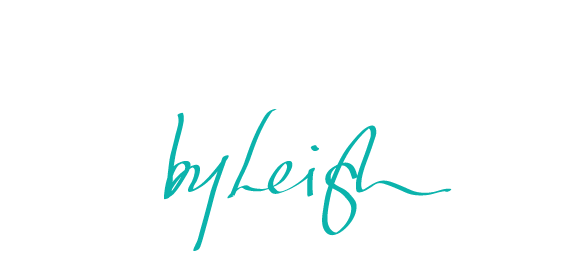
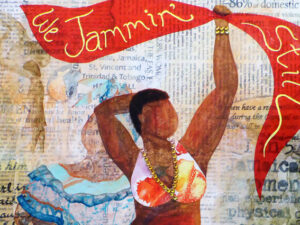
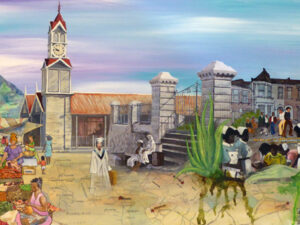
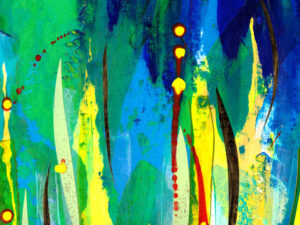
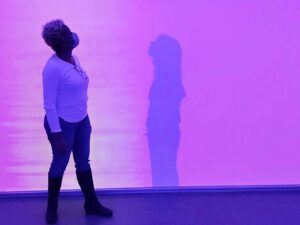
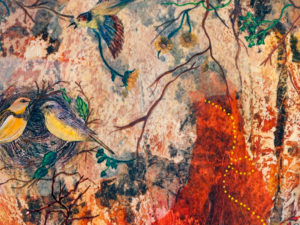
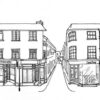
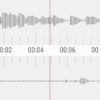
Critical Pedagogy – Our first formal date